Art is a paradise
open to us all
open to us all
Viktorija Zaitceva is an art agent and gallerist who plays an active role in shaping Latvia’s contemporary art landscape while steadily expanding her presence on the international art stage.
Our conversation unfolded into a journey through the ways we see and evaluate contemporary art — its nuances, current themes, emerging trends, ambitions, and the everyday reality of a person whose life is intertwined with art.
Our conversation unfolded into a journey through the ways we see and evaluate contemporary art — its nuances, current themes, emerging trends, ambitions, and the everyday reality of a person whose life is intertwined with art.


So how much romance is there in your professional life – deep conversations about art, a slow feeling for it, clean aesthetics, sensitivity? Maybe something else?
Art has always been my lifelong romance.I find myself constantly surrounded by kind-hearted, passionate people who share a deep love for art. There’s an immediate connection we “click” right away because we’re united by a common mission and vision.The most meaningful conversations I have are often with artists, curators, and collectors. These discussions go far beyond surface-level talk they dive into the essence of creativity, inspiration, and purpose.One of the deepest conversations I ever had was with David Lynch. He said something that has stayed with me:"Everyone thinks that darkness pushes us to create. In fact, it’s the silence and peace the kind you can reach through Transcendental Meditation that is the true key. A bright mind connects us to pure creativity."That conversation reframed how I understand artistic inspiration. It reminded me that clarity, stillness, and inner peace often unlock the most authentic forms of expression.
Art has always been my lifelong romance.I find myself constantly surrounded by kind-hearted, passionate people who share a deep love for art. There’s an immediate connection we “click” right away because we’re united by a common mission and vision.The most meaningful conversations I have are often with artists, curators, and collectors. These discussions go far beyond surface-level talk they dive into the essence of creativity, inspiration, and purpose.One of the deepest conversations I ever had was with David Lynch. He said something that has stayed with me:"Everyone thinks that darkness pushes us to create. In fact, it’s the silence and peace the kind you can reach through Transcendental Meditation that is the true key. A bright mind connects us to pure creativity."That conversation reframed how I understand artistic inspiration. It reminded me that clarity, stillness, and inner peace often unlock the most authentic forms of expression.
I started with a very subtle question, but your beginning is no less interesting, how did you find yourself in the field of contemporary art and why?
There were two crucial moments in my life that shaped my relationship with art."
The first was through film. I was about 15 or 16 years old when I watched “The Exile” by Andrey Zvyagintsev. I remember physically feeling changes inside me — it was as if someone had reached into my deepest self and expressed what I had always felt but never articulated. It was shocking and transformative, like a door opening.
The second was my first truly conscious experience in a museum. I was invited by my friend, the Turkish architect Gokhan Avcioglu of the GAD Foundation. He guided me through the space with explanations that felt cosmic, integrating me completely into the world of art.
There were two crucial moments in my life that shaped my relationship with art."
The first was through film. I was about 15 or 16 years old when I watched “The Exile” by Andrey Zvyagintsev. I remember physically feeling changes inside me — it was as if someone had reached into my deepest self and expressed what I had always felt but never articulated. It was shocking and transformative, like a door opening.
The second was my first truly conscious experience in a museum. I was invited by my friend, the Turkish architect Gokhan Avcioglu of the GAD Foundation. He guided me through the space with explanations that felt cosmic, integrating me completely into the world of art.
That day, something shifted, and I began reading, learning, and searching for ways to contribute to this ecosystem.
I started from the very bottom — even washing floors in galleries — but I was learning constantly, especially from people. I have always been fortunate to be surrounded by sincere and talented individuals. My intuition guides me to them, and they see me as well. This mutual recognition has shaped my path in art ever since.My first degree was in Economics, and my second in Art History. While neither had a direct impact on what I do today, they taught me something essential: how to finish what I start.
I started from the very bottom — even washing floors in galleries — but I was learning constantly, especially from people. I have always been fortunate to be surrounded by sincere and talented individuals. My intuition guides me to them, and they see me as well. This mutual recognition has shaped my path in art ever since.My first degree was in Economics, and my second in Art History. While neither had a direct impact on what I do today, they taught me something essential: how to finish what I start.

What is special about this activity and contemporary art itself for you?
Being a gallerist isn’t just a profession for me — it’s a way of living."
There’s something in my DNA that keeps pulling me back to art, no matter how far I try to go. I even tried to step away from it, especially during my pregnancy, thinking I could pause or redirect. But time and life always bring me back. It’s simply a part of who I am.
This path gives me something sacred — the chance to witness talent being born, to breathe the same air as artists, and to share space with people who create beauty and meaning in the world. It’s a privilege that keeps me constantly inspired.
At the same time, balancing this passion with family is one of the most challenging things I’ve ever had to do — and truthfully, there is no real balance. I’ve missed important art events because of family, and I’ve missed family moments because of work. But I love both — my family and art — with the same chakra, the same emotional organ. It’s one love, expressed in two vital forms.
Contemporary art, to me, is a global language. It opens doors to different cultures, new ways of seeing, and deeper ways of feeling. It’s how I absorb life — with infinite scale and sensitivity.
How do you evaluate works of contemporary art? When are they impressive, when do you remain indifferent, or maybe indifference is also a criterion?
For me, evaluation happens on a deeply personal level — it's not analytical, it's intuitive."
Sometimes I encounter a work and I just know — Cy Twombly feels cosmic, or Brancusi touches something eternal. That recognition happens first, and only later do I learn more about the artist, which deepens my love and understanding. But the first connection is always emotional, almost spiritual.
With contemporary artists, the personal connection is especially important. I pay close attention to the themes they explore, the sincerity and intelligence behind their work, and, of course, the visual approach. I have a kind of inner detector — something in me immediately senses when a work is pretentious or ego-driven, and unfortunately, there’s a lot of that in today’s market.
What truly matters is that the artist cares. I can feel it when they do — when the work comes from a place of truth, not performance. That’s what moves me. That’s what makes it real
What is the essence of mediating in the acquisition of works of art for you? How do you balance between the work as a cultural value and a market object?Is an art agent today more of a cultural intermediary or a financial consultant?
There’s almost nothing to 'balance' when it comes to selling art — I can hardly sell a work if I don’t love it myself."
Of course, commercial galleries earn a lot — sometimes they’re just across the aisle from us, like at Art Central in Hong Kong. I remember a booth from Opera Gallery sold $4 million on the first day, while we sold nothing, or maybe $20,000 at most. But if I were only interested in business, I could’ve gone into development or opened any kind of company.
Art dealing, for me, isn’t about commercial success alone. It’s not a game with secrets it’s a long journey of taste, trust, and cultural context.
Sometimes I bring work knowing it might not sell or that the chances are extremely low. But I still do it, because I want other cultures to see what Latvian artists are capable of. For me, that matters. It's not just about numbers — it’s about exchange, about presence.
Collectors have started to trust my taste. After 10 years of experience, we’ve reached a point where we can sell what we truly believe in and that’s a rare privilege.
But everything depends on the gallery’s character and goals. We’re not a “mega” gallery, not yet an A-class player in the global art market. The serious investments the ones with real financial strategy often start around $200K to $300K. Those circles have their own rules. It’s like a kind of ‘mafia’ in the best sense made up of wealthy families, museums, curators, critics, and foundations. They move differently.
I can’t lie just to close a deal. I’m not going to tell someone their $10K artwork will become the next Damien Hirst because that’s not how it works. And that honesty might slow things down, but it also builds something stronger: trust, and real connection.
Being a gallerist isn’t just a profession for me — it’s a way of living."
There’s something in my DNA that keeps pulling me back to art, no matter how far I try to go. I even tried to step away from it, especially during my pregnancy, thinking I could pause or redirect. But time and life always bring me back. It’s simply a part of who I am.
This path gives me something sacred — the chance to witness talent being born, to breathe the same air as artists, and to share space with people who create beauty and meaning in the world. It’s a privilege that keeps me constantly inspired.
At the same time, balancing this passion with family is one of the most challenging things I’ve ever had to do — and truthfully, there is no real balance. I’ve missed important art events because of family, and I’ve missed family moments because of work. But I love both — my family and art — with the same chakra, the same emotional organ. It’s one love, expressed in two vital forms.
Contemporary art, to me, is a global language. It opens doors to different cultures, new ways of seeing, and deeper ways of feeling. It’s how I absorb life — with infinite scale and sensitivity.
How do you evaluate works of contemporary art? When are they impressive, when do you remain indifferent, or maybe indifference is also a criterion?
For me, evaluation happens on a deeply personal level — it's not analytical, it's intuitive."
Sometimes I encounter a work and I just know — Cy Twombly feels cosmic, or Brancusi touches something eternal. That recognition happens first, and only later do I learn more about the artist, which deepens my love and understanding. But the first connection is always emotional, almost spiritual.
With contemporary artists, the personal connection is especially important. I pay close attention to the themes they explore, the sincerity and intelligence behind their work, and, of course, the visual approach. I have a kind of inner detector — something in me immediately senses when a work is pretentious or ego-driven, and unfortunately, there’s a lot of that in today’s market.
What truly matters is that the artist cares. I can feel it when they do — when the work comes from a place of truth, not performance. That’s what moves me. That’s what makes it real
What is the essence of mediating in the acquisition of works of art for you? How do you balance between the work as a cultural value and a market object?Is an art agent today more of a cultural intermediary or a financial consultant?
There’s almost nothing to 'balance' when it comes to selling art — I can hardly sell a work if I don’t love it myself."
Of course, commercial galleries earn a lot — sometimes they’re just across the aisle from us, like at Art Central in Hong Kong. I remember a booth from Opera Gallery sold $4 million on the first day, while we sold nothing, or maybe $20,000 at most. But if I were only interested in business, I could’ve gone into development or opened any kind of company.
Art dealing, for me, isn’t about commercial success alone. It’s not a game with secrets it’s a long journey of taste, trust, and cultural context.
Sometimes I bring work knowing it might not sell or that the chances are extremely low. But I still do it, because I want other cultures to see what Latvian artists are capable of. For me, that matters. It's not just about numbers — it’s about exchange, about presence.
Collectors have started to trust my taste. After 10 years of experience, we’ve reached a point where we can sell what we truly believe in and that’s a rare privilege.
But everything depends on the gallery’s character and goals. We’re not a “mega” gallery, not yet an A-class player in the global art market. The serious investments the ones with real financial strategy often start around $200K to $300K. Those circles have their own rules. It’s like a kind of ‘mafia’ in the best sense made up of wealthy families, museums, curators, critics, and foundations. They move differently.
I can’t lie just to close a deal. I’m not going to tell someone their $10K artwork will become the next Damien Hirst because that’s not how it works. And that honesty might slow things down, but it also builds something stronger: trust, and real connection.
"There’s something in my DNA that keeps pulling me back to art, no matter how far I try to go."
How do you view speculation in the art market, what harm and what benefits do you see?
In Europe especially, many trends in the art world are shaped by foundations and cultural institutions that support specific political or social themes."
That’s how certain issues are brought into focus they get funding, exposure, and visibility. And while I understand the role of art in reflecting the world’s problems, I’m personally not a big fan of this direction.
As a gallery, we try to stay true to ourselves. We don’t show many overtly political projects not because we don’t care, but because I feel uneasy when art is instrumentalized. Art isn’t a tool for pushing agendas. It’s something far more powerful and universal.
For me, the true power of art lies in its ability to connect us beyond nationality, beyond ideology, beyond division. It doesn’t matter whether you’re left or right wing, where you’re from, or how you identify, art can speak to something in all of us.
Art is one. It’s whole. It’s like a mission, and a kind of safe haven we can all enter, regardless of the labels society gives us.
In Europe especially, many trends in the art world are shaped by foundations and cultural institutions that support specific political or social themes."
That’s how certain issues are brought into focus they get funding, exposure, and visibility. And while I understand the role of art in reflecting the world’s problems, I’m personally not a big fan of this direction.
As a gallery, we try to stay true to ourselves. We don’t show many overtly political projects not because we don’t care, but because I feel uneasy when art is instrumentalized. Art isn’t a tool for pushing agendas. It’s something far more powerful and universal.
For me, the true power of art lies in its ability to connect us beyond nationality, beyond ideology, beyond division. It doesn’t matter whether you’re left or right wing, where you’re from, or how you identify, art can speak to something in all of us.
Art is one. It’s whole. It’s like a mission, and a kind of safe haven we can all enter, regardless of the labels society gives us.
What do you notice among art collectors: more collecting out of passion or for investment, maybe even prestigious incentives?
Right now, I’m operating in a space that’s more about value and passion than pure investment.
As I mentioned earlier, we’re not yet dealing with artworks high-end spectrum of the market". That level of the market has its own structure, its own 'big players', and very different rules. But we are growing strategically, and with purpose.
The countries where we’re currently developing our presence include Mexico, Turkey, and Hong Kong. These regions have shown strong interest in our artists and programming, and we’re now looking toward the Middle East and India as part of our next phase.In these regions, collecting often goes beyond personal taste it becomes a way to enter high society, to align with global culture, and to make a visible statement of belonging. There’s often significant capital behind this, and art becomes both a passion and a symbol of access.
Right now, I’m operating in a space that’s more about value and passion than pure investment.
As I mentioned earlier, we’re not yet dealing with artworks high-end spectrum of the market". That level of the market has its own structure, its own 'big players', and very different rules. But we are growing strategically, and with purpose.
The countries where we’re currently developing our presence include Mexico, Turkey, and Hong Kong. These regions have shown strong interest in our artists and programming, and we’re now looking toward the Middle East and India as part of our next phase.In these regions, collecting often goes beyond personal taste it becomes a way to enter high society, to align with global culture, and to make a visible statement of belonging. There’s often significant capital behind this, and art becomes both a passion and a symbol of access.

Tell me about a moment that had a significant impact on your professional path?
Looking back, the most significant factor in our development has been creativity not just in art, but in how we approach business."
Financial challenges, in particular, pushed us to grow stronger and more confident, taking things step by step, challenge by challenge.
It wasn’t until just two years ago that I made the decision to open our own space. Before that, I faced a kind of creative crisis. The new strategy demanded to redirect the the organisation of activities to match a changing art world.
Looking back, the most significant factor in our development has been creativity not just in art, but in how we approach business."
Financial challenges, in particular, pushed us to grow stronger and more confident, taking things step by step, challenge by challenge.
It wasn’t until just two years ago that I made the decision to open our own space. Before that, I faced a kind of creative crisis. The new strategy demanded to redirect the the organisation of activities to match a changing art world.
Share your top Latvian artists.
Andris Eglītis
Skuja Breden
Inta Ruka
Julia Šilova
Ella Kruglyanskaya
Vija Celmins
Andris Eglītis
Skuja Breden
Inta Ruka
Julia Šilova
Ella Kruglyanskaya
Vija Celmins
Who are your top artists from the international art audience?
Kathleen Ryan
Tracey Emin
Maurizio Cattelan
Cindy Sherman
Salman Toor
Igor Moritz
Kathleen Ryan
Tracey Emin
Maurizio Cattelan
Cindy Sherman
Salman Toor
Igor Moritz


What are your thoughts on art as an idea? Art as a brand and art as an investment?
No one can balance those facts, except maybe Larry Gagosian. Thoughts became second Larry but in a female version.
No one can balance those facts, except maybe Larry Gagosian. Thoughts became second Larry but in a female version.
How do you balance between art elitism, openness, social engagement and emotional value?
No Balance, after all possible art events even my own openings, i feel satisfaction and a few days later discover a totally different balance in the project when a bit in distance from the creative rush.l of making it happen.
No Balance, after all possible art events even my own openings, i feel satisfaction and a few days later discover a totally different balance in the project when a bit in distance from the creative rush.l of making it happen.
What trends do you see in the international art scene?
Big names always trendy.
Human civilisation and nature, pause the life rhythm; digitalisation and AI, emotions and deep connection, spirituality, meeting of art and science, physical interactivity, experiments with the exhibition format.
Big names always trendy.
Human civilisation and nature, pause the life rhythm; digitalisation and AI, emotions and deep connection, spirituality, meeting of art and science, physical interactivity, experiments with the exhibition format.
You founded Cut Art Gallery, why? What are your ambitions? How do you deal with market changes, or maybe you don't feel them at all?
I have a dream to develop Cut Art to a pathbreaking A-class gallery , a next level gallery, as much for the general public, the art lover, as for the collectors, as much for the experiments in art as for the deep insigths in yourself that only art can bring about, as much for interdisciplinary exchanges as for intercultural dialogue, opening new perspective for the future.
I have a dream to develop Cut Art to a pathbreaking A-class gallery , a next level gallery, as much for the general public, the art lover, as for the collectors, as much for the experiments in art as for the deep insigths in yourself that only art can bring about, as much for interdisciplinary exchanges as for intercultural dialogue, opening new perspective for the future.
Best book about art? Recommend it
Recent ones “The Story Of Art Without A Man” Katy Hessel
“Seven Days In The Art World” Sarah Thornton
“I Also Can” Francesco Bonami.
Recent ones “The Story Of Art Without A Man” Katy Hessel
“Seven Days In The Art World” Sarah Thornton
“I Also Can” Francesco Bonami.
A film about art?
“At Eternity’s Gate” Julian Schnabel ; film about Vincent Van Gogh
“Never Look Away” film about Gerhard Richter
“At Eternity’s Gate” Julian Schnabel ; film about Vincent Van Gogh
“Never Look Away” film about Gerhard Richter
Your advice - how to see art?
With your heart, remember that art is finishing in the viewer.
With your heart, remember that art is finishing in the viewer.